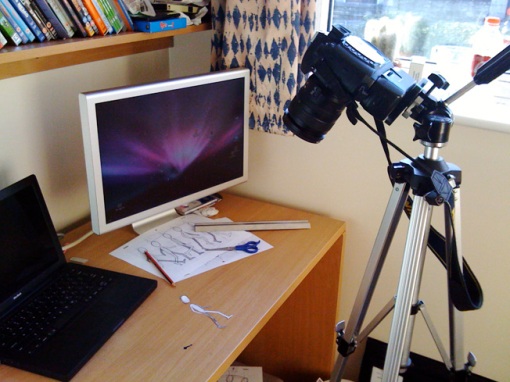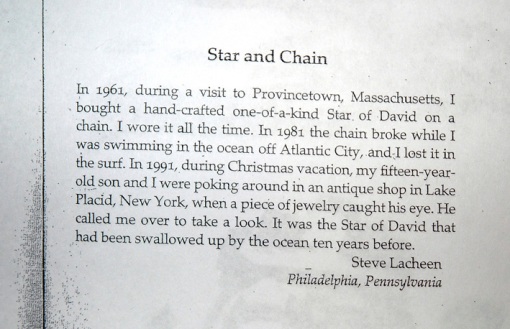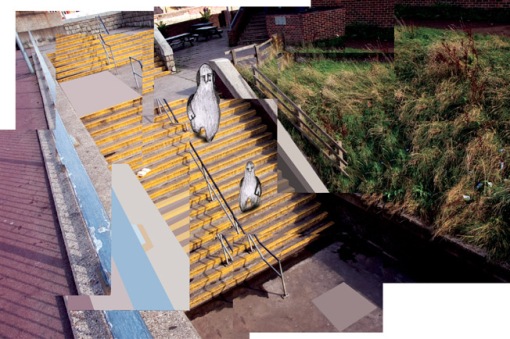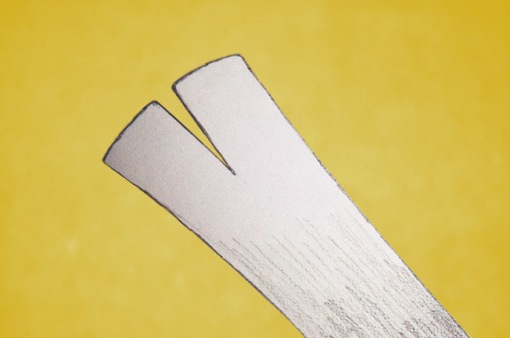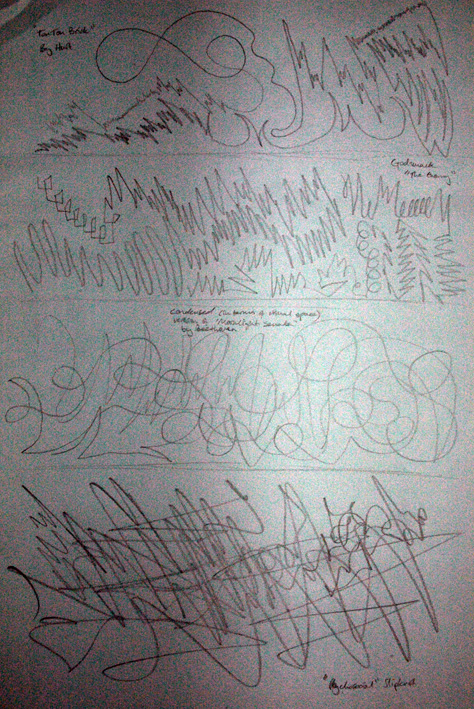As part of the terms of acceptance for my university, we had to create a storyboard based on the theme of ‘Consequences’, and although the final presentation never took place, I see no reason as to why I shouldn’t post them on my University blog.
My concept was based around the absence of ‘consequences’ and what would happen to society if consequences were to be removed from reality. The breaking down of the human form as well as our environment was something that I took particular care to portray, creating a completely abstract and obscure take on a reality without consequences. The idea behind it being that nothing could exist without consequence, as everything is a consequence of something (Cause and effect). Hence the world implodes upon itself. This in itself is a contradiction, as the consequences of having no consequences is the implosion of life itself.
The basic story-line follows one isolated mans final moments of loneliness and bewilderment before the world finally destroys itself. If the idea was to ever make it to production, emphasis would be put on the characters body language to show emotions (as he has no facial features). This was an opportunity to expand on my previous animation ‘Some Assembly Required’ in which I also concentrated on portraying human emotions on a character with no facial features.
Here are some still from the storyboard (I shall not upload the entire series, as it is meant for presentation i.e. Not suitable for viewing without live explanation):

Character sitting in barren landscape. This shot was removed from final, as it did not fit in with the rest of the story, but it is still a nice shot.

The camera is consumed by darkness as it travels down a corridor, noise was added to the image to add to the negativity of the scene, smooth tones did not give the right message of loneliness and the dark.
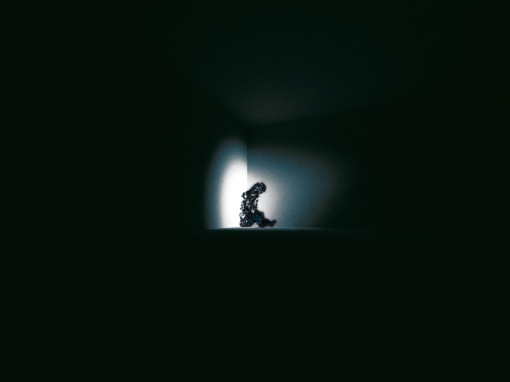
Wide shot emphasizing characters isolation, as he desperately clings to the feeble remains of light (something I noted on human nature, concerning the human connection to light. Even those who are not afraid of the dark would still be drawn to light in a dark open space).

Zoom in on character, his body language and gestures suggest loneliness and depression. He later begins to realize the full extent of how his body has changed when he inspects his hands etc. An opportunity to show a wide variety of emotions just using body gestures (such as fear, confusion, panic etc.).
All imagery was created in the 3D animation program, ‘Maya’, and then taken into ‘Photoshop’ for post-production (application of added noise, etc.).

